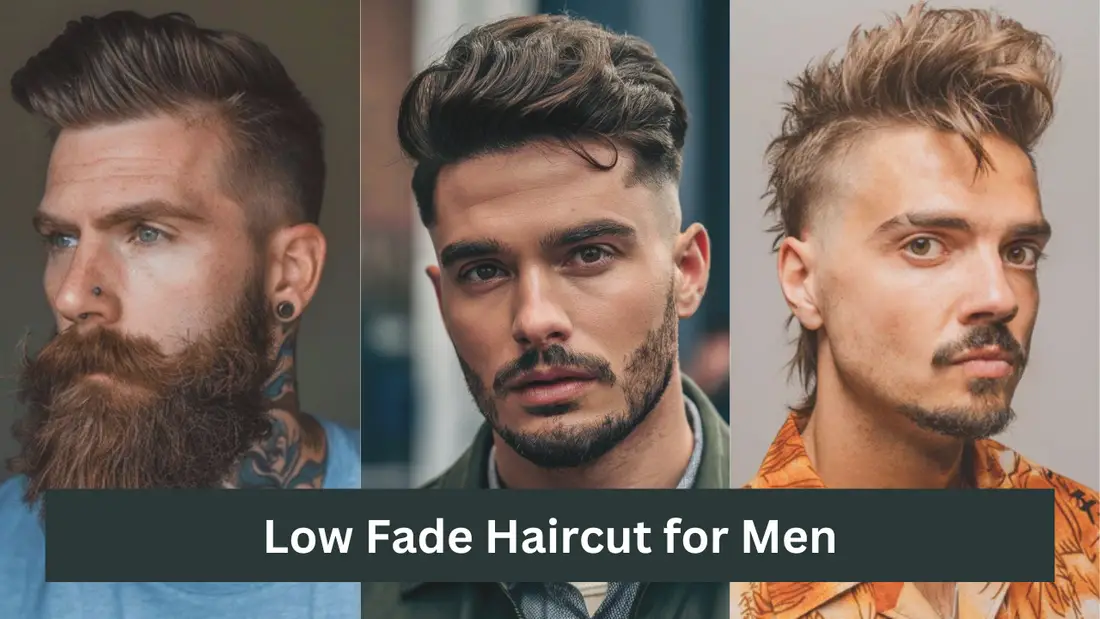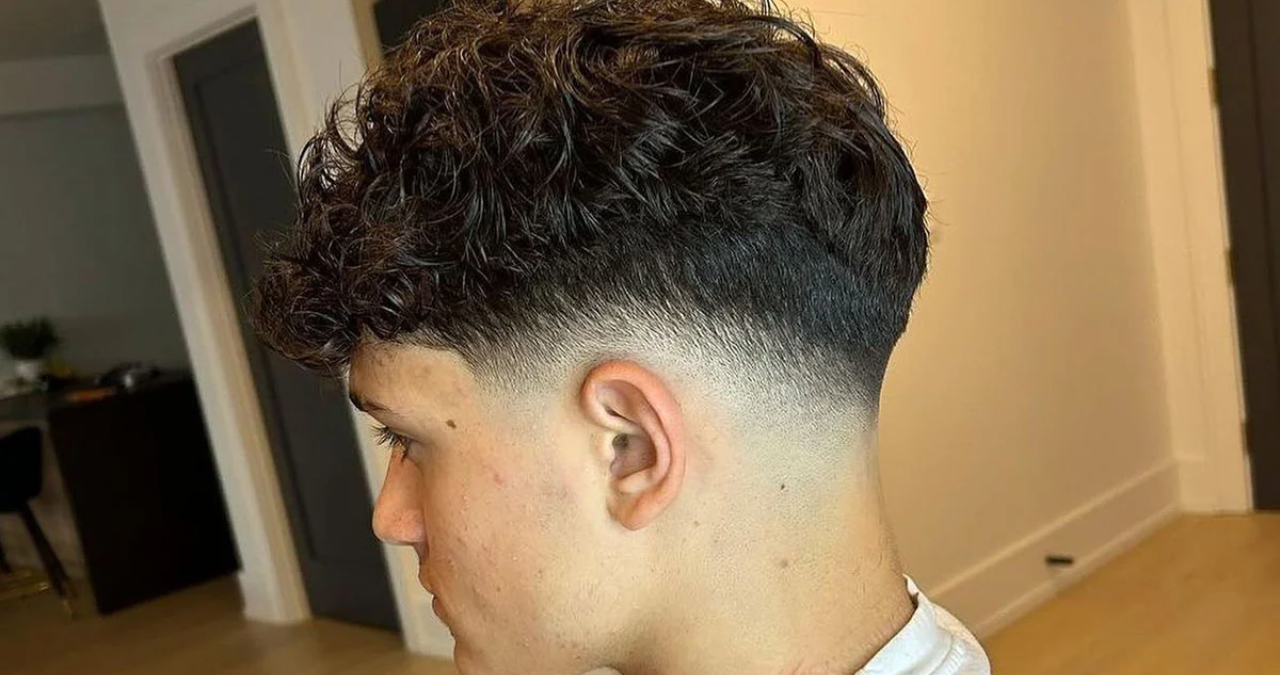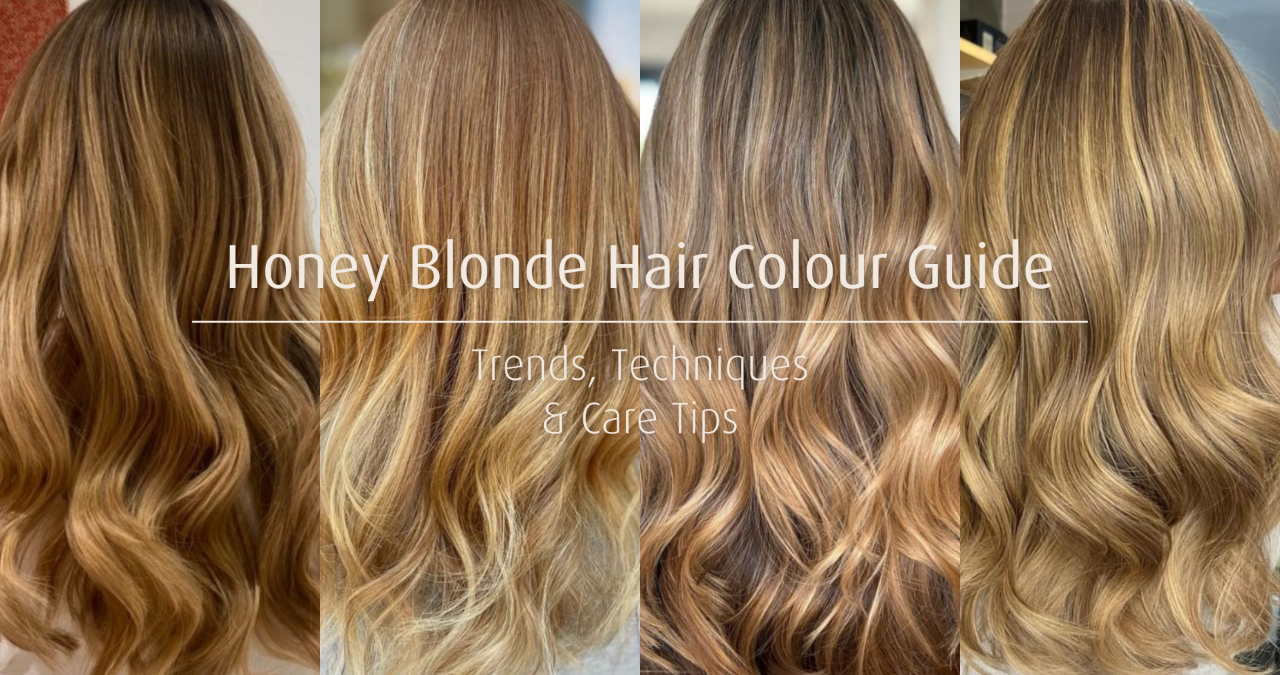A complete expert guide to the low skin fade haircut — styles, tips, and trends for a clean, modern look that works for any face shape and hair type.
The low skin fade has evolved from a classic barbershop technique into one of the most stylish and versatile men’s haircuts of our time. Whether you want a neat professional appearance, a stylish casual vibe, or something bold for nights out, this fade blends sharpness with modern appeal. It works with almost any hair length on top, making it a go-to for those who like flexibility in styling.
One reason the low skin fade continues to dominate trends is its balance. Unlike a high fade that quickly exposes a lot of skin, the low fade starts lower near the ears and nape, offering a more subtle yet still impactful transition. This makes it perfect for those who want a fresh look without committing to something too extreme.
Understanding the Low Skin Fade
A low skin fade is a haircut where the hair gradually shortens from the top down until it’s shaved to skin level around the lower sides and back. The fade starts low on the head, usually just above the ears, and blends smoothly upward. The result is a neat, gradual gradient that keeps the focus on the hair above while giving the sides a crisp, clean finish.
What makes this style so appealing is how it flatters almost every face shape. Because the fade sits lower, it elongates the head slightly, giving a natural balance. It can be paired with almost any style on top — from short crops to long slick-backs — without losing its defining sharpness.
Why the Low Skin Fade Works for Everyone

The beauty of the low skin fade lies in its adaptability. It’s not tied to one type of hair or one personal style. Straight, wavy, curly, or coiled — it works across the board because the fade focuses more on the contrast between the sides and top rather than the exact hair texture.
For professionals, it’s polished enough for the office. For creatives, it offers enough edge to stand out. And for anyone in between, it can be styled differently day to day — slicked back for formal events, messy textured for casual outings.
Different Styling Options for a Low Skin Fade
Because the low skin fade is essentially a base cut, you can combine it with many top styles:
| Top Style Option | Description | Best For |
|---|---|---|
| Textured Crop | Short, choppy layers for a casual, effortless look | Straight or wavy hair |
| Slick Back | Brushed straight back with pomade for shine | Medium to long hair |
| Curly Top | Letting curls sit naturally on top | Naturally curly hair |
| Pompadour | High volume at the front with a smooth fade | Thick hair |
| Side Part | Defined part line for a classic gentleman style | Any hair type |
The combination possibilities make it nearly impossible for the low skin fade to feel boring.
“A great low skin fade is like a well-tailored suit — it frames your features perfectly without stealing the show.” — Master Barber Insight
How to Maintain a Low Skin Fade
A fresh low skin fade looks sharp, but like any precise haircut, it needs upkeep to stay clean. On average, you’ll want a touch-up every two to three weeks to keep the fade defined and prevent the sides from growing out unevenly.
Daily styling depends on your chosen top style. For textured looks, a matte paste or clay works best to keep it casual. For slick, professional styles, a strong-hold pomade or gel gives that polished finish. And remember — hydration matters. Even though the sides are short, keeping the scalp moisturized avoids dryness and irritation from frequent shaving.
The Low Skin Fade vs Other Fades
| Feature | Low Skin Fade | Mid Fade | High Fade |
|---|---|---|---|
| Fade Start Height | Just above ears | Midway up the head | Near the temples |
| Skin Exposure | Minimal | Moderate | High |
| Subtlety Level | High | Balanced | Bold |
| Best For | Conservative or versatile styles | Balanced everyday wear | Statement looks |
The low skin fade offers a softer transition than its mid or high counterparts, making it ideal for anyone testing the waters of fade styles for the first time.
Common Mistakes with a Low Skin Fade
One common mistake is not considering face shape. While the low skin fade works on most people, pairing it with the wrong top style can throw off proportions. For example, pairing it with an extremely flat top on someone with a long face can over-elongate the look.
Another mistake is neglecting maintenance. A fade relies on clean lines and smooth blending — letting it grow out too long between cuts makes it lose definition quickly. A good barber will not only give you the cut but also recommend a maintenance schedule.
FAQs About the Low Skin Fade
What is the difference between a low skin fade and a low fade?
A low skin fade goes right down to the skin at the shortest point, while a low fade simply tapers the hair shorter but doesn’t shave it completely.
Is the low skin fade good for professional settings?
Yes, it’s one of the most office-friendly fade styles because it’s subtle yet clean.
How often should I get a low skin fade touched up?
Typically every two to three weeks to keep it looking fresh.
Does a low skin fade work with curly hair?
Absolutely. In fact, it can make curls on top stand out more while keeping the sides neat.
Is it hard to maintain a low skin fade?
Not really. As long as you keep your appointments and use basic styling products, it’s very manageable.
Conclusion
The low skin fade is more than a haircut — it’s a timeless blend of precision, style, and versatility. Whether you’re stepping into a boardroom or heading out for the weekend, it adapts effortlessly to your look. With the right barber, a little styling know-how, and regular upkeep, it’s a cut that will always look sharp.


